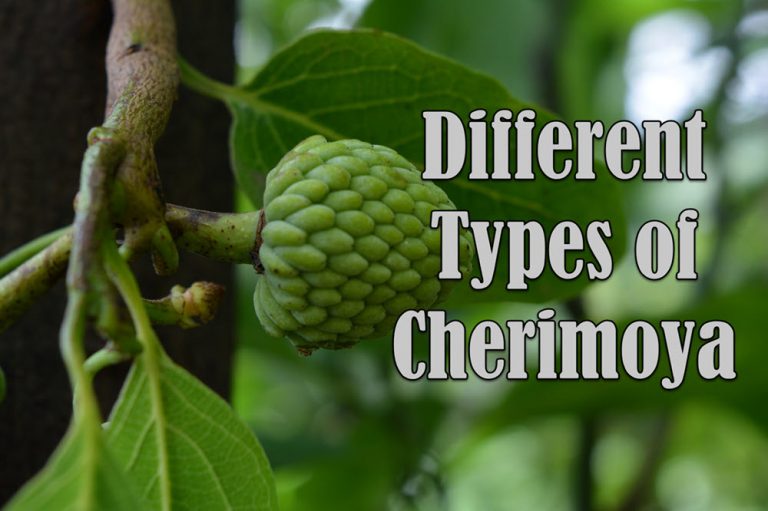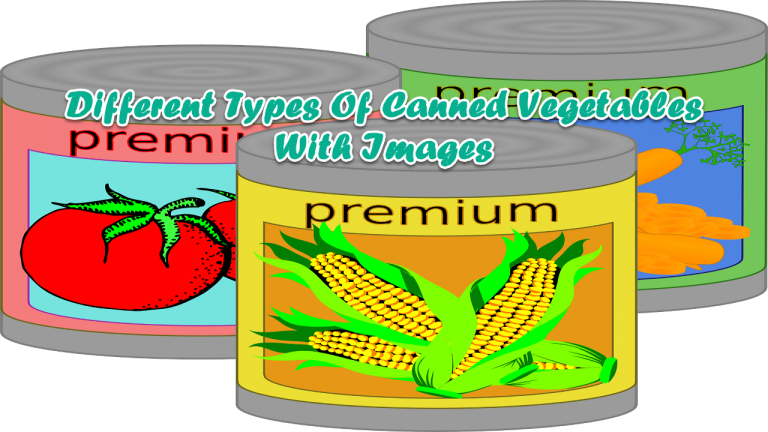10 Different Types of Oranges with Images

Orange, known to be the world’s recommended and commonly grown fruit, is from the Rutaceae family. It is scientifically called Citrus × sinensis or the sweet orange, which is also related to C aurantium (citrus aurantium) or referred to as bitter orange. It is believed that oranges originated in northeastern India, southern China, and southeastern Asia. Later on, sweet oranges are introduced to South America and Mexico by the spaniards.
The United States is the leading producer of oranges in the world, mainly in Florida. The state has three commercial cultivars namely; Hamlin, Pineapple, and Valencia.
An orange tree can reach 25 ft long and up to 50 ft. These orange trees have slender branches and twisted twigs especially when young. The color of the leaves is usually evergreen. Each leaf’s measurement ranges from 6.5 to 15 cm long, and 2.5 to 9.5 cm wide. Meanwhile, the orange fruit contains essential oils. Its outer skin turns orange or yellow when ripe, while its inner skin is non-aromatic, spongy, and is white in color. A single orange is usually composed of around 14 wedge-shaped compartments that are individually separated. Each compartment can have at least 2 to 4 white irregular seeds. Its flesh color can be yellow, orange, or red.
Sweet oranges were firstly eaten fresh, out of hands. These citrus fruits are usually consumed in warm climates. As of today, oranges are peeled, segmented, and used in various dishes like fruit salad dressings, gelatin, and other desserts. Oranges are also utilized as garnishes to poultry dishes and squeezed to make an orange juice. The skin is also used for flavoring or made into essential oils.
Oranges are also packed with essential nutrients such as calcium, potassium, fiber, protein, vitamin A, and the likes. The orange flowers and foliage also produce essential oils that are used in perfume manufacturing, while the oil produced from the orange seeds are made into cooking oil, plastics, and soap.
With all these essential nutrients and impressive health benefits this citrus crop offers, there is no doubt why people all over the world incorporate oranges in their daily menus.
Here are the varieties of oranges you might want to search at your nearest grocery stores, or even grow them at home.
Different Types of Oranges
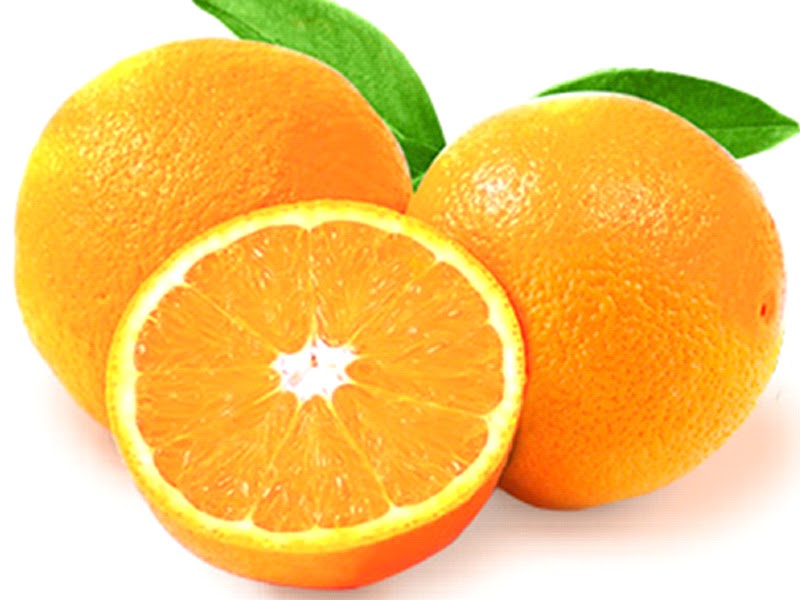
Navel Oranges
Navel orange is one of the world’s tastiest oranges, known as “winter”orange. This orange is called the navel orange because of its main fruit that grows an undeveloped second fruit that looks like a human navel. Navel oranges are seedless and are easy to peel. They are also rich in fiber, vitamin C, and potassium. The daily consumption of navel oranges can help reduce the risk of heart disease, diabetes, and cancer. This variety of oranges also regulates blood pressure and improves the immune system.

Blood Oranges
Blood orange has a distinctive dark flesh color because of the anthocyanins substance commonly found in flowers and fruit, but rarely to citrus fruit like blood orange. This red orange is slightly sweeter and less acidic compared to other types of oranges. It has more water content. Thus, juicy and heavy in weight. It has a thick skin that serves as protection from molding and rotting. Varieties of blood oranges include moro, tarocco, and Sanguinello.
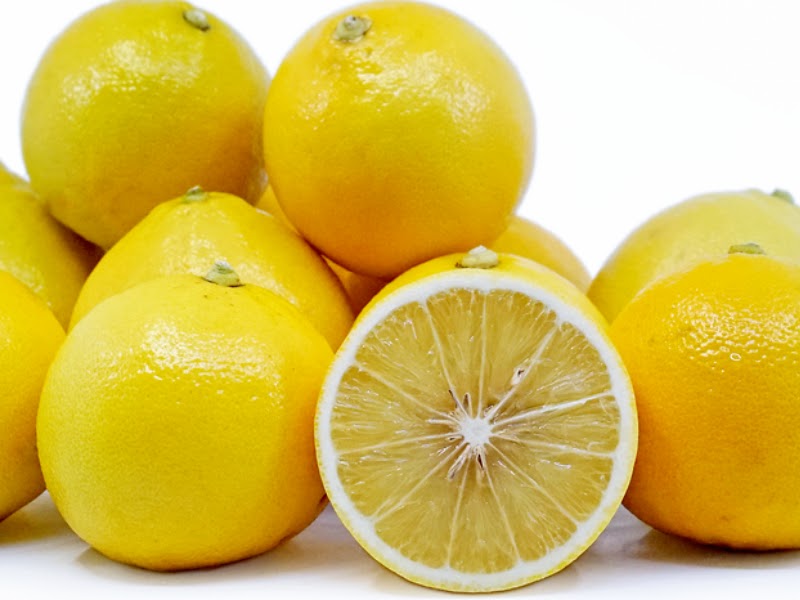
Bergamot Oranges
Bergamot oranges are classified as Citrus bergamia and a hybrid from the Rutaceae family. These types of oranges have an average size of 6 to 8 cm in diameter and are spherical in shape. The bergamot orange has a glossy green to bright yellow skin. It has a soft, pale yellow flesh that is subdivided segments. The flesh has a bitter taste which is non-suitable for fresh eating. Though bergamot orange is acidic and tarty, it is also known to be a good source of nutrients such as potassium, vitamin C, vitamins A, B1, and B2.

Valencia Oranges
The valencia orange is a sweet orange hybridized by William Wolfskill in the mid-19th century. It has a thin skin and a very few seeds. Valencia oranges are known to be the best oranges for juicing because of its high juice content. The sweetness and juiciness of these types of oranges made them ideal for snacks.
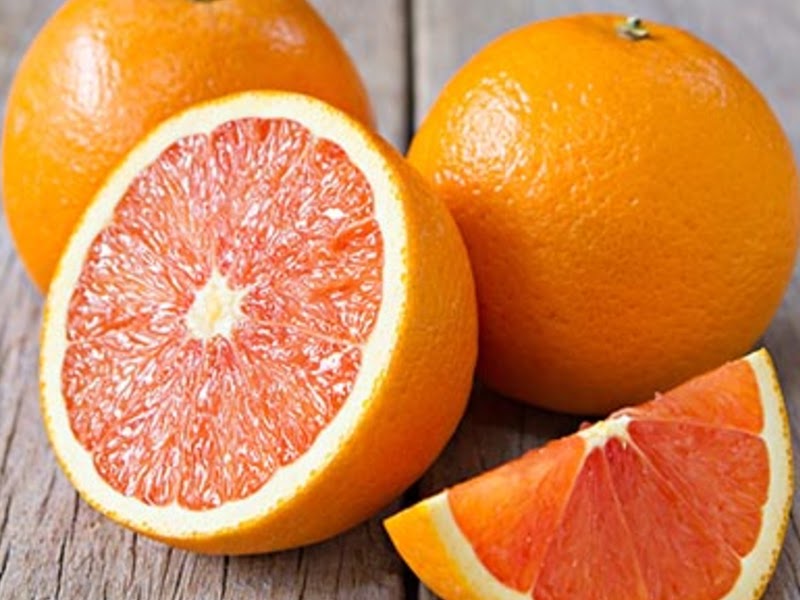
Cara Cara orange
This type of orange is known as the winter orange with a very sweet taste, juicy, less acidic, and has no seeds. It is an easy to peel orange with a pink-grapefruit flesh color. Cara cara orange is not only best eaten fresh but can also be used in making salad. This is also a type of navel orange.
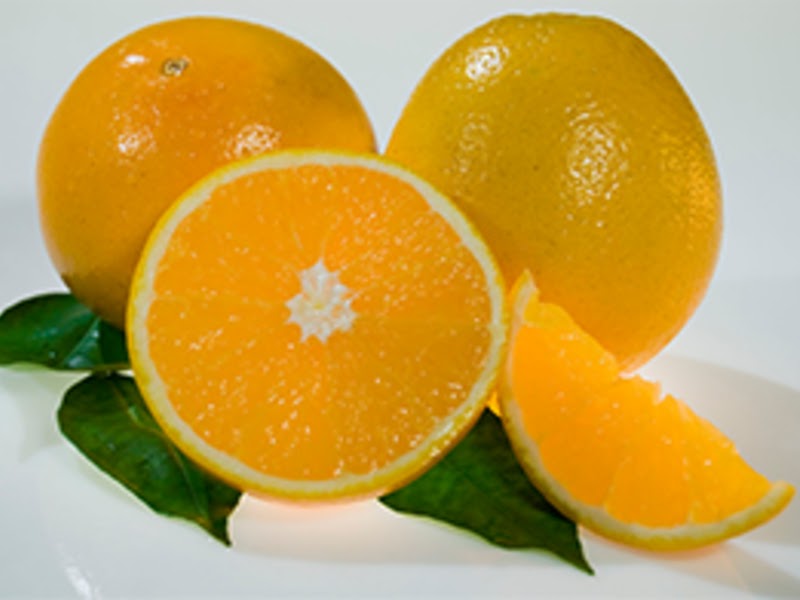
Pineapple oranges
These types of oranges are the oldest cultivated variety in Florida and known for their juicy sweetness taste. The fruit has a round to oval shape and medium to large size. Both flesh and skin are orange in color. Pineapple oranges are best eaten fresh.

Seville Oranges
These types of oranges have a thick, yellow-orange rough peel with prominent bumps and knobs. The round and oblate-shaped seville orange measures from 7 to 8 cm in diameters. Classified as Citrus aurantium, these bitter or sour oranges got their name from Seville, Spain. These oranges are rich in thiamine, dietary fiber, and vitamin C. Most people prefer to use this sour or bitter orange for zesting and juicing instead of eating them raw.
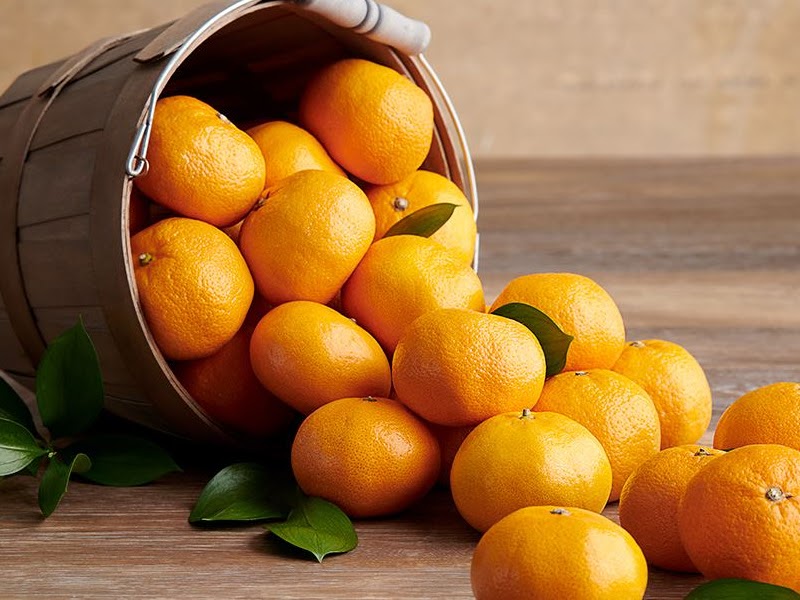
Clementine Oranges
These oranges are hybrid between a sweet orange and a willow leaf mandarin oranges. The outside appearance is smooth and glossy, and has a deep orange color. Clementine’s flesh is separated into 7 to 14 segments and their rinds are easy to peel. Clementines are sweet and juicy, and usually ripen from January through early April.
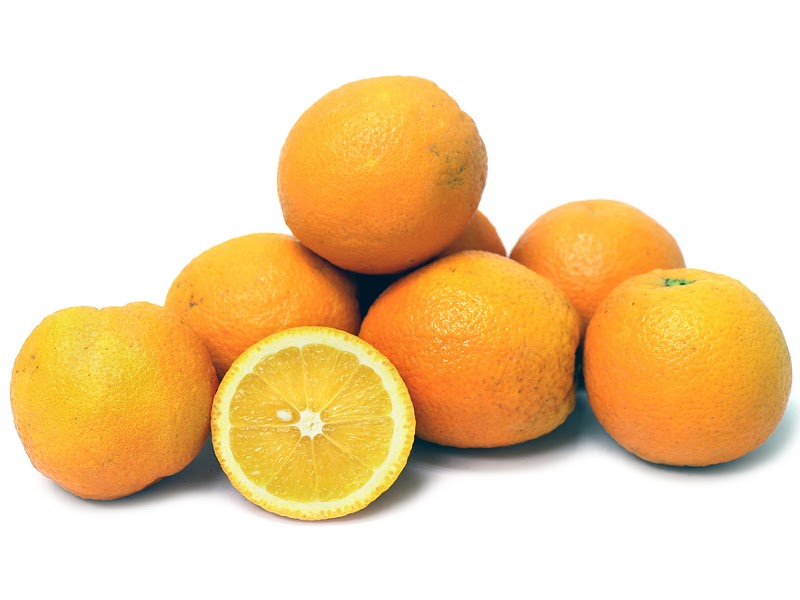
Lima Oranges
Lima oranges are botanically classified as Citrus sinensis (C sinensis). Each orange has a medium to thick leathery peel and is bright yellow in color. The flesh is divided into 8 to 10 segments that are soft, tendy, and juicy. The fruit contains fewer seeds compared to other sweet oranges. Lima orange varieties also produce aromatic scent and are acidless. Thus, having a sweet and tangy flavor. These oranges are high in vitamin C and rich in vitamin A, potassium, fiber, and polate. These types of oranges mid season in the late winter up to early spring.
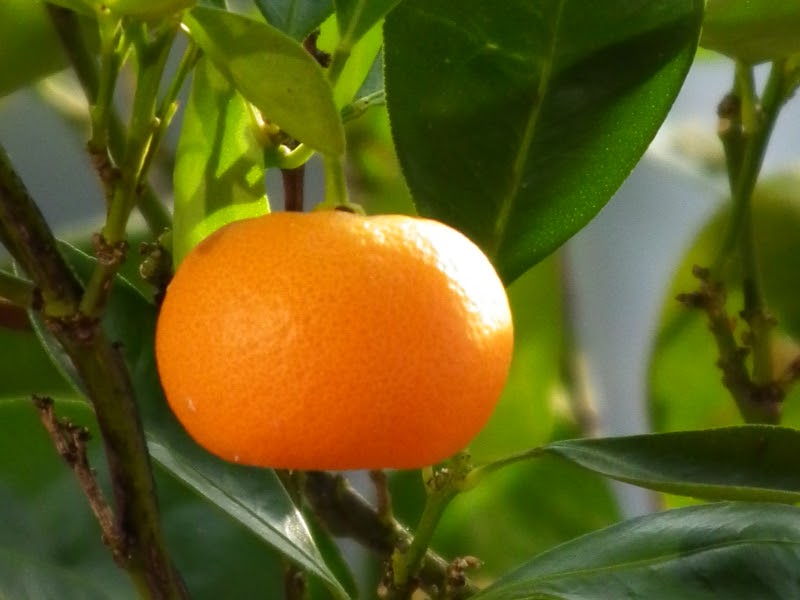
Mandarin Oranges (Citrus Reticulata)
A mandarin orange is considered as a distinct species. These mandarins are best eaten fresh or in fruit salads. These oranges are rich in beta-carotene that helps improve the immune system and good vision. Hybrids of mandarin orange that are orange-colored fruit are called Tangerines. Tangerine fruits are also available in your nearest grocery store.

